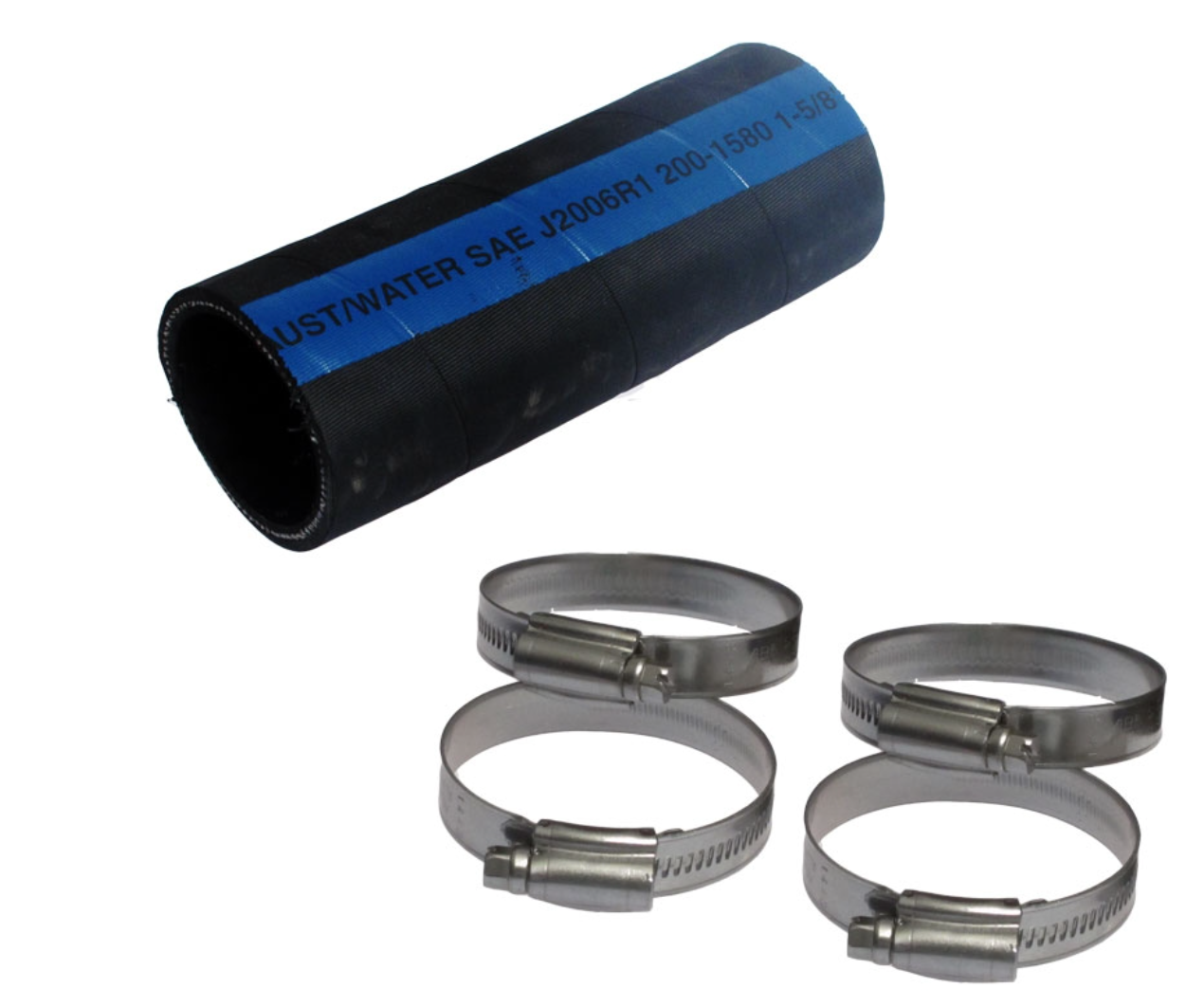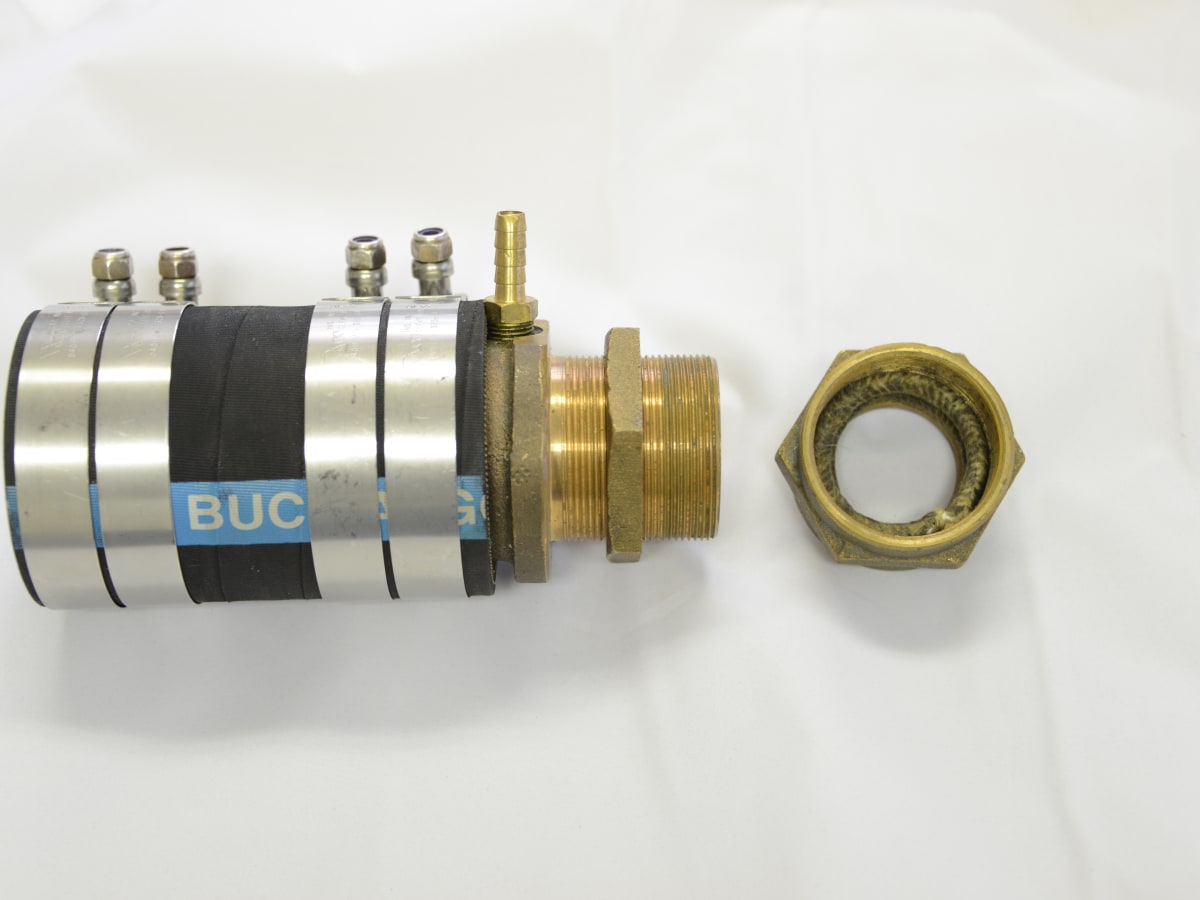Stuffing Box Hose Clamps: Check Them Often

Conventional stuffing boxes leak. They are supposed to — it’s how they are lubricated and cooled. The trick is to adjust them so they leak just enough to stay cool, but not so much that they become a flooding problem. The water that leaks from the stuffing box can only leave the bilge by one means, the bilge pump.
That leakage, however, can have other side effects. In most cases it runs out of the stuffing box and often over the hose clamps that maintain tension between it and the hose that connects it to the shaft log and the vessel itself. Because those clamps remain continuously wet, they live in an environment that is tailor-made for crevice corrosion, a phenomenon wherein stainless steel actively corrodes because it is robbed of oxygen for stainless steel to remain corrosion-free, it must be continuously exposed to air. When robbed of air, it transitions from a passive to an active state.

Location, Location
The insidiousness of stuffing box hose clamp corrosion lies in where that corrosion occurs, along the lower hemisphere, between the 5 and 7 o’clock position, where it is least visible. The remainder of the clamp often looks pristine, leading the vessel operator to think all is well. Therefore, it is imperative that stuffing-box hose clamps be inspected regularly, including and especially along the bottom portion of the hose. That inspection may require the use of a mirror, or small camera.
Because of the challenging environment in which these clamps live, only the most robust, most corrosion-resistant clamps should be used. This means solid rather than perforated bands, which utilize embossed threads, and all 316 stainless steel. Solid bands are highly resistant to stripping and fracturing between threads, even if over-tightened, and 316 alloy is the most corrosion resistant material available for this application. Alternatively, especially for larger stuffing boxes, you may use T-bolt clamps, provided they too are all 316 stainless, and of the interlocking rather spot-welded variety.

By Steve D’Antonio
Beginning his career in 1988, as a marine mechanic, electrician, manager and partner of a custom boat building shop and two boatyards and technical journalist, as well as through Steve D'Antonio Marine Consulting, Inc, Steve provides personalized and hands-on service to boat buyers, boat owners, boat builders and equipment manufacturers, as well as others in the marine industry around the world. Steve is an American Boat and Yacht Council Certified Diesel, Electrical, Corrosion and Systems Master Technician/Adviser. To learn more or to contact Steve, go to SteveDMarineConsulting.com.